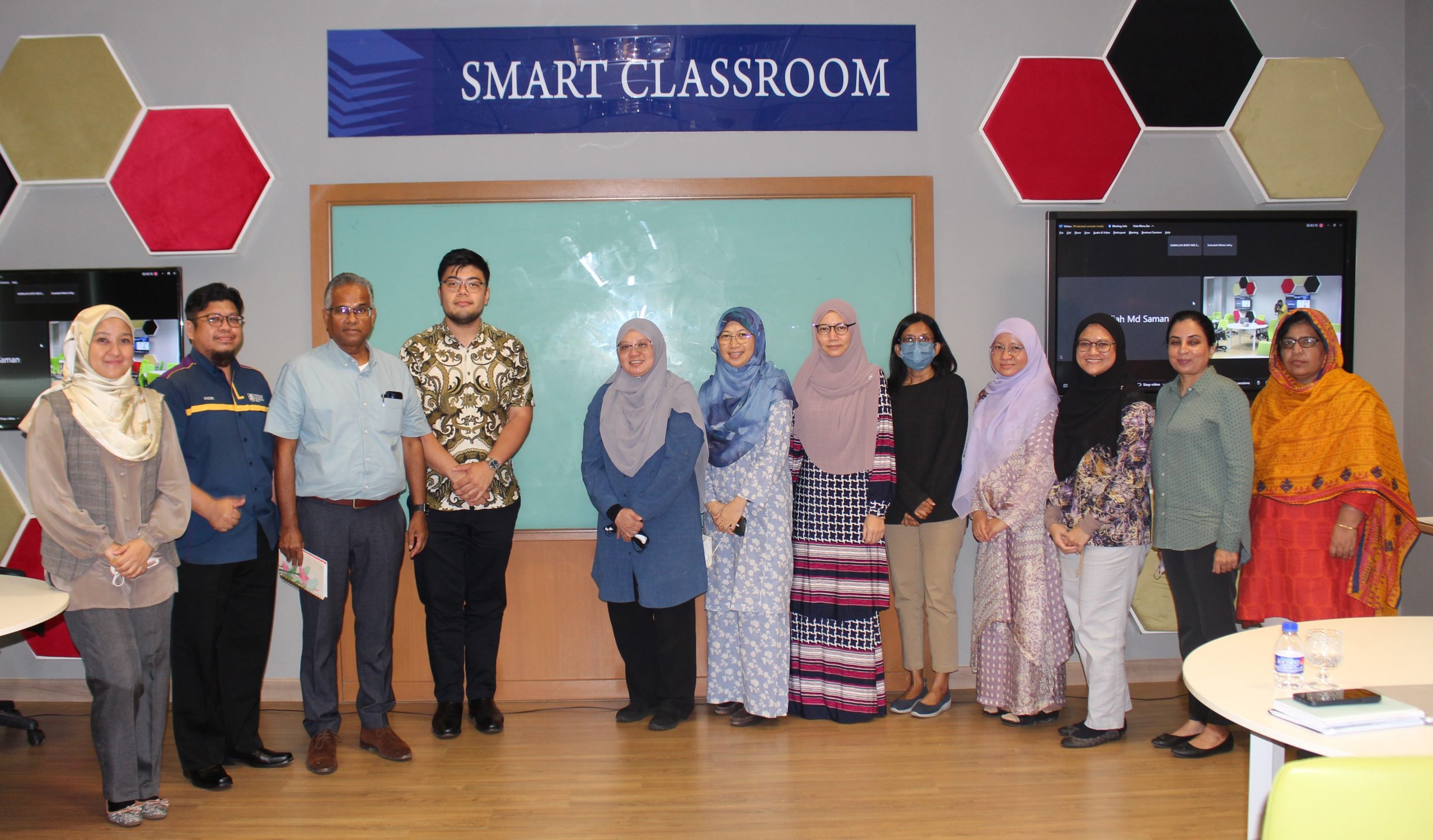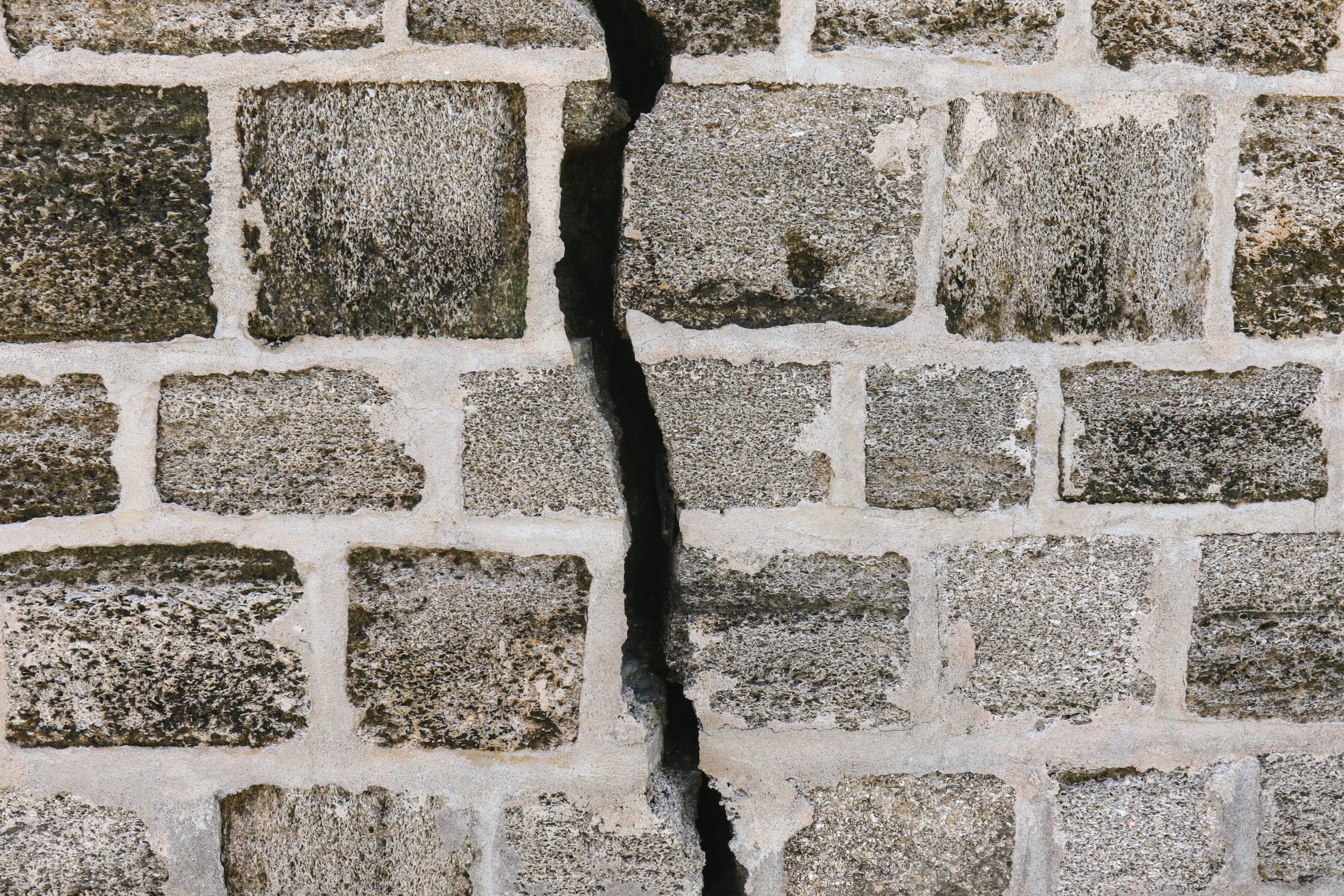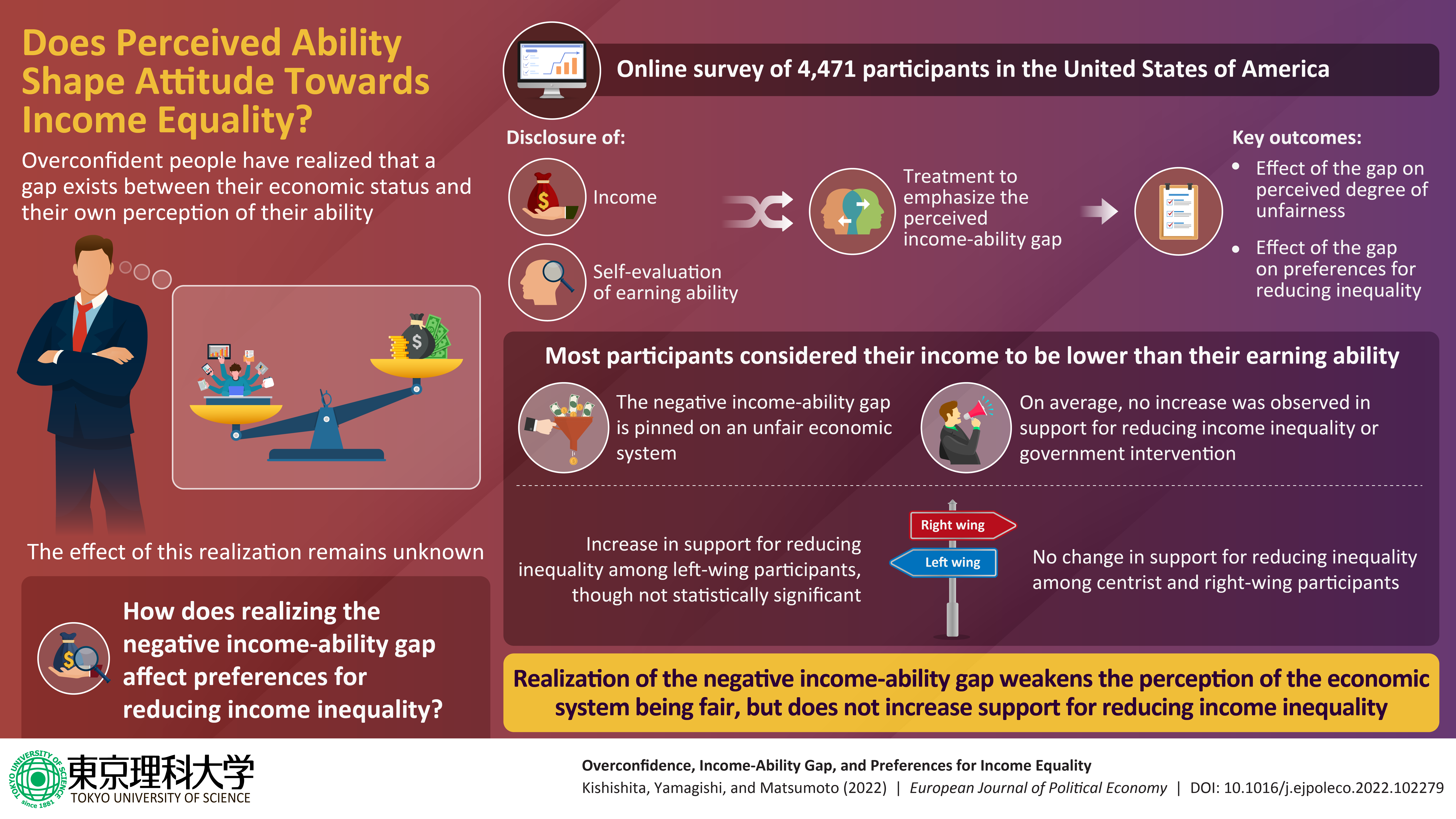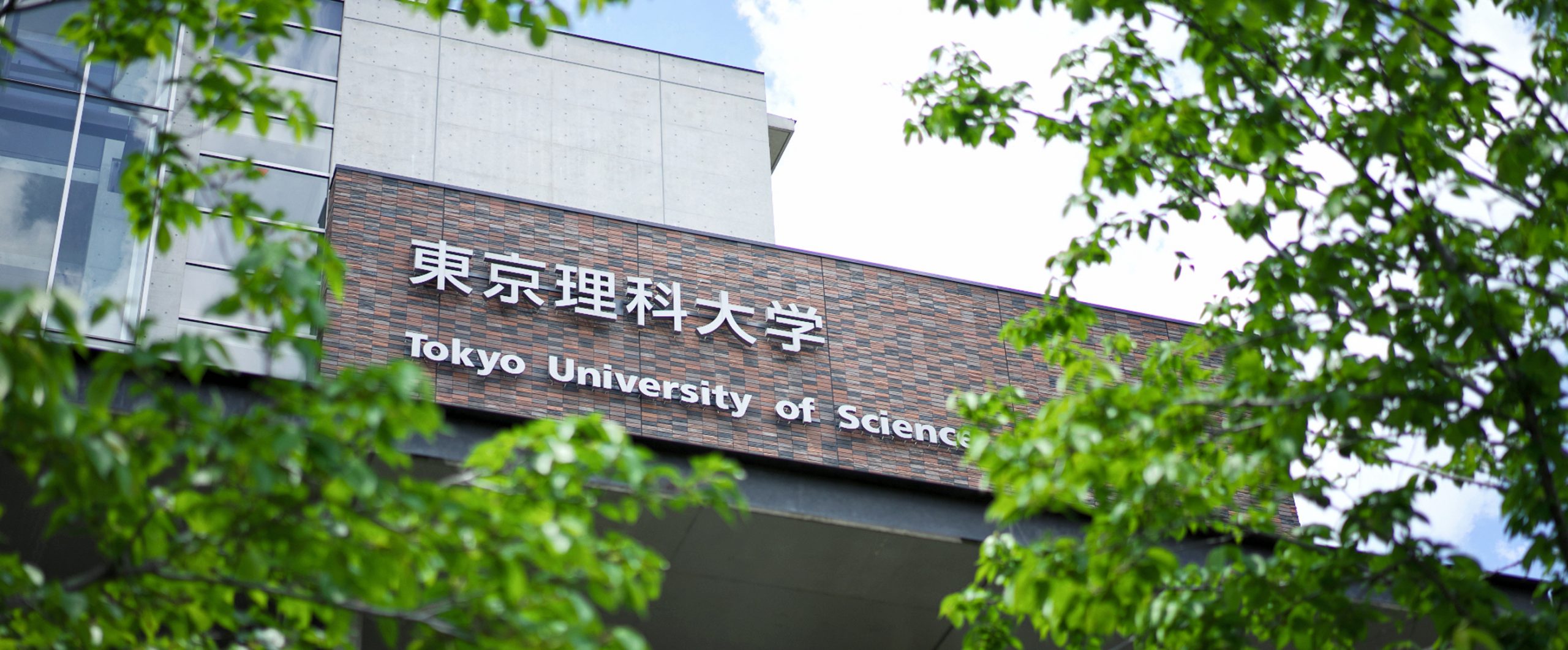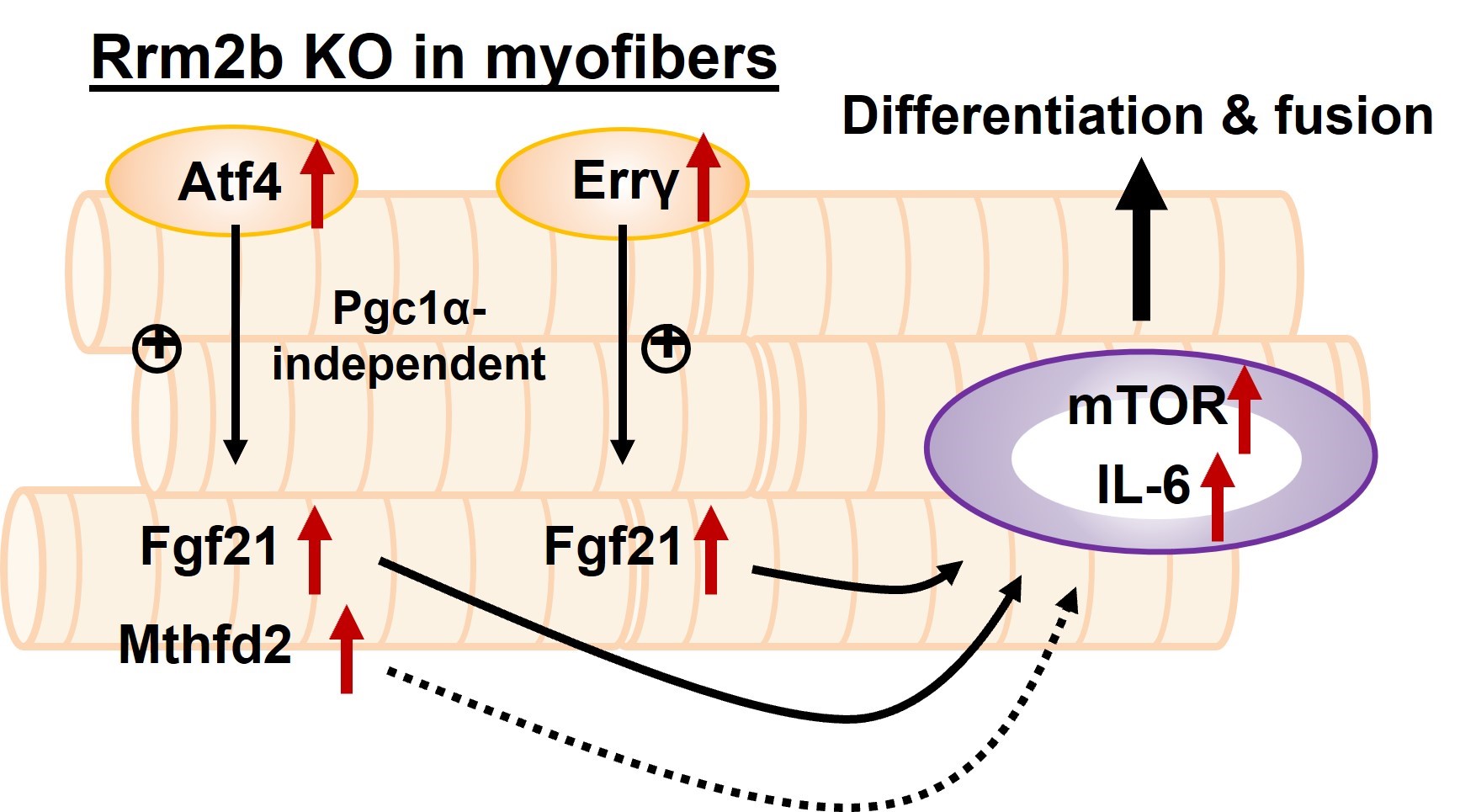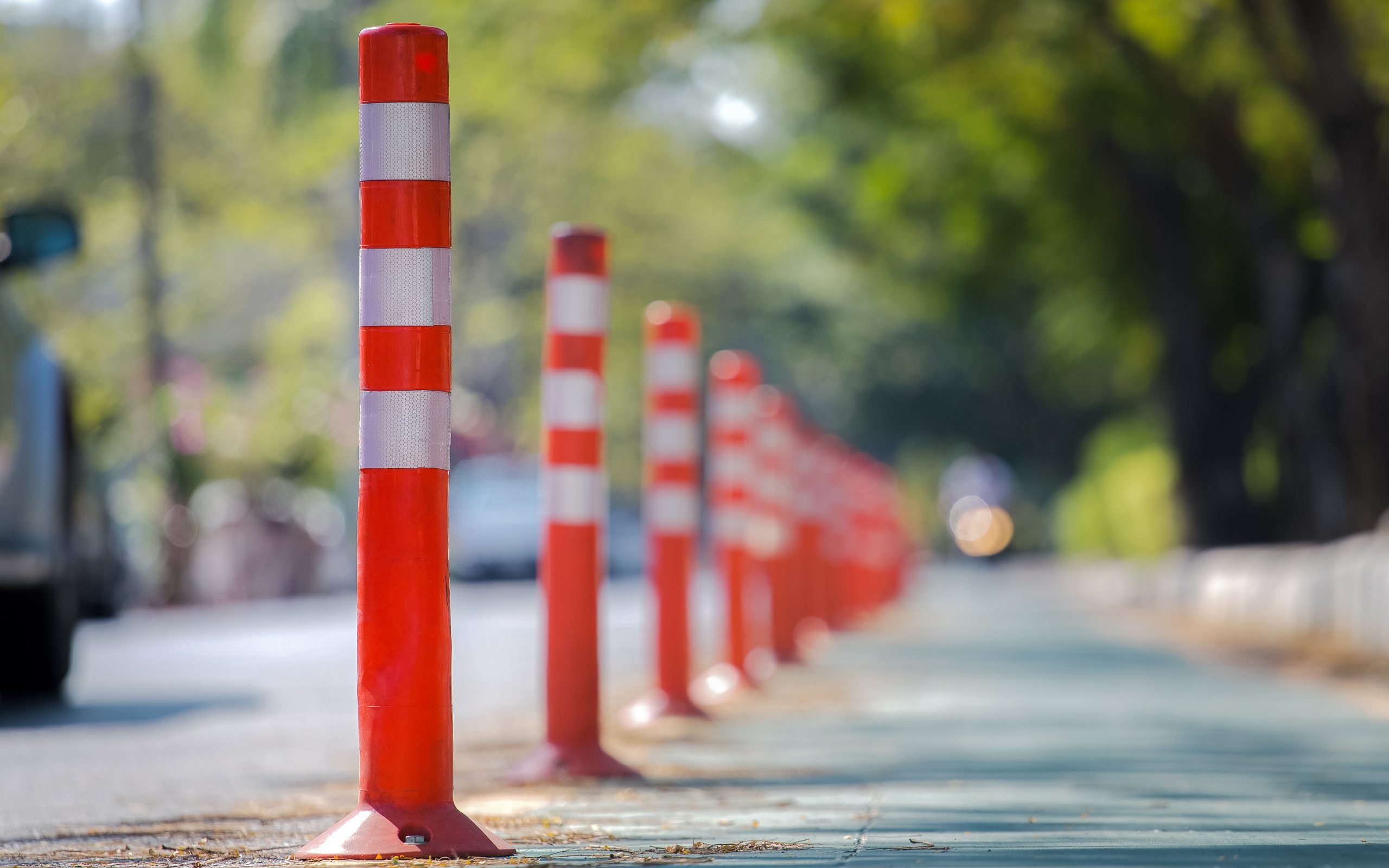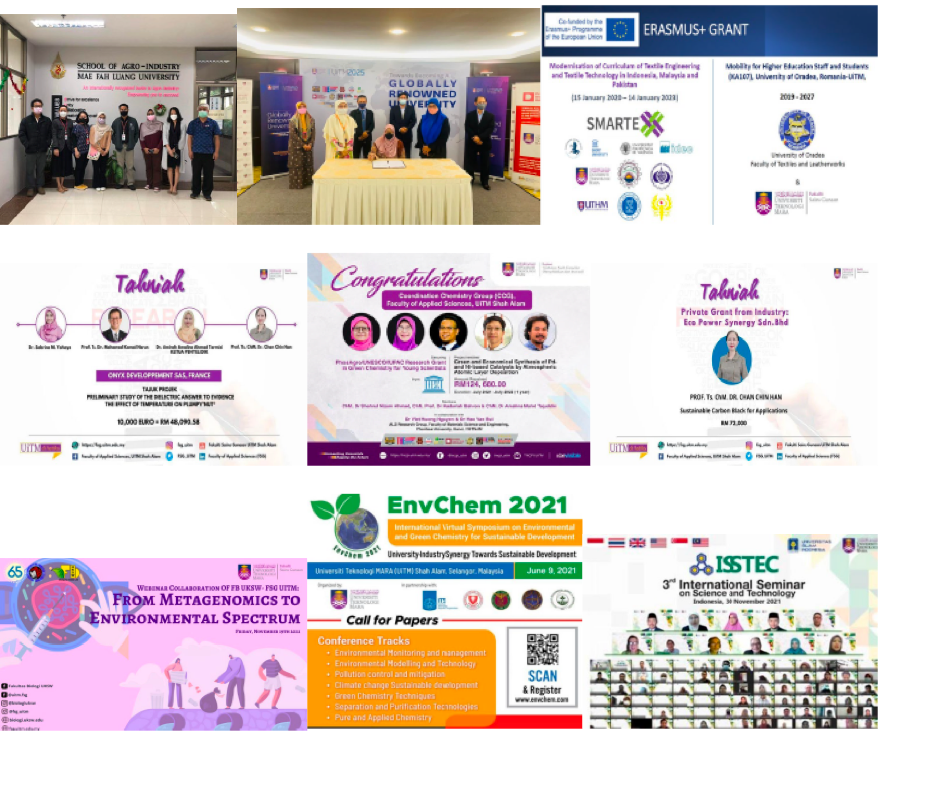International students fees have lightened some of the stressors on country’s higher education systems. But is this model sustainable, and what does the future hold, ask Winnie Ellie and Janet Ilievia.
International student mobility to Ireland, Australia, New Zealand, North America, the UK, and Europe is recovering. As borders reopen, some markets are picking up slower than others for obvious reasons. The UK seems to have fared better than other global study destinations over the past two years. Analysis by Universities UK International and the British Universities’ International Liaison Association (BUILA), based on data from the UK’s Higher Education Statistics Agency, show the country has achieved its International Education Strategy target of 600,000 international students ten years early.
Has the pandemic furthered the universities’ reliance on international students’ fees?
Globally, countries’ spending on the pandemic and public health is likely to impact education expenditure negatively. As a result, some countries are likely to experience reductions in their research funding and teaching grants.
Before the pandemic, the cross-subsidy from international students to fund university research was well documented. In his 2020 report, From T to R revisited: Cross-subsidies from teaching to research after Augar and the 2.4% R&D target, director of the Higher Education Policy Institute Nick Hillman estimated the funding gap was £4.3 billion in the UK. He noted that while international students’ tuition fees were partially funding that gap, if they were later used to fill in or reduce cost for domestic students, the research gap would reach £4.9 billion.
In England, the tuition fees for home students remain frozen for another two years. According to the Bank of England, inflation in the UK is likely to keep rising to around 10 percent in 2022. Analysis from London Economics shows that when the impact of inflation is taken together with the significant cuts to teaching grants, the overall income per student falls back to 2006 levels, when fees were £3,000.
The Russel Group, representing 24 Higher Education Institutions, estimated that “the average deficit per UK undergraduate taught is set to more than double from £1,750 in 2021/22 to around £4,000 in 2024/25, with deficits across all subjects”. These developments signal the paramount pressure on international tuition fees to continue to plug growing deficits in teaching and research. While the sustainability of this cross-subsidy is questionable, international student recruitment will become increasingly competitive.
Expanding international student demand to continue?
Economic downturns and uncertainty already affect many students’ home countries. While China’s economy remains relatively stable compared to other countries, its students are likely to seek out study nearer to home, except for the high-income families whose propensity to send their children abroad remains stable (Mok and Zhang 2021; Min and Ni 2022). The dip in Chinese undergraduate entrants in the UK, down 5 percent in 2020/21, coupled with a slight decline in the number of student visas issued, may indicate the beginning of a trend that does not sit comfortably in a sector that is highly dependent on international student recruitment. The British Council’s Five Trends to Watch East Asia edition points to reductions in student demand from China and the rest of East Asia to study overseas. It is not clear whether this is a short-term blip in the aftermath of the pandemic or a long-term trend.
Most of the UK’s booming markets are set to experience double-digit inflation in 2022, with Nigeria and Pakistan anticipated to reach 15.6 percent and 12.7 percent, respectively. The rising cost of living and exchange rate fluctuations are likely to negatively impact the global middle classes and their ability to educate their kids abroad. In relative terms, appreciation of the US dollar means that higher education in Australia and the UK is becoming more accessible to international students.
The meaning of changing demographics
Growing geopolitical tensions between the West and China have pushed universities to reconsider overreliance on one country. However, many institutions active in China have become highly selective in choosing the best students; they have secured high levels of conversion from applications into enrolments and are maintaining a relatively low cost of acquisition. While growing student recruitment from South Asia and Sub-Saharan Africa means a more diverse campus, Vincenzo Raimo and Janet Ilieva argued it is also accompanied by higher recruitment costs and lower conversion levels, in an article for University World News.
A better understanding of the international student recruitment portfolio is needed to assess the efficiency of the recruitment pipelines and their comparative performance across different countries. This needs to include an accurate analysis of acquisition cost per recruitment channel in each market. The pivot away from China and East Asia means increasing recruitment costs and reducing the cross-subsidy from international students’ fees to make up for deficits elsewhere.
The past decades have taught us that the international higher education sector is highly resilient. With the sector’s eyes wide open on the calculated risks, the challenges in pivoting are inevitably high, but surely worth overcoming in the coming years. The rewards in gaining global talent, the value in achieving diversity, and the competency in mitigating risks in an international order that is increasingly volatile could be the next prize we all set our eyes on.
This article was from the QS Global Education News Issue 08. Download the full edition.



